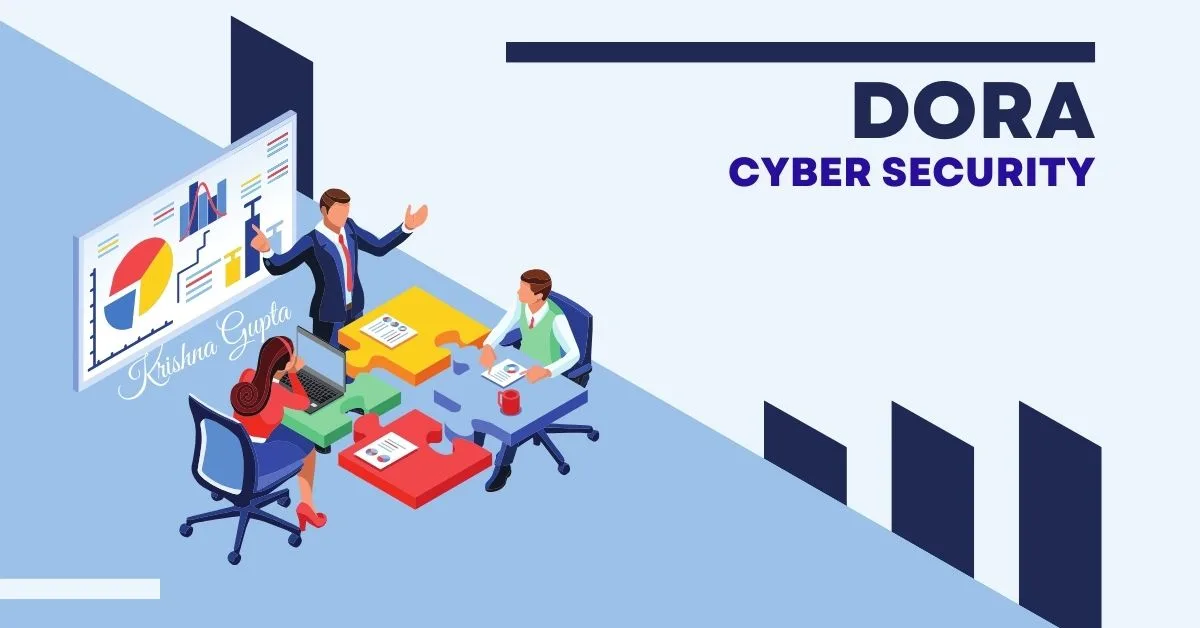DORA: Building the Self-Reliant, High-Performance Engine for Your Business
In today’s hyper-competitive landscape, downtime isn’t an option. Customers expect flawless digital experiences, and operational disruptions can spell disaster for your bottom line. Enter DORA: Digital, Operational, and Resilient Act.
DORA isn’t just another tech acronym. It’s a framework for building robust, self-healing systems that deliver tangible business benefits. Here’s why DORA should be on every CEO’s radar:
- Reduced Risk and Increased ROI: DORA systems are designed to anticipate and adapt to failures. This translates to fewer outages, minimised downtime, and a significant boost in operational efficiency. Reduced downtime translates directly to increased revenue and happier customers.
- Enhanced Security: DORA systems are inherently more secure. Their autonomous nature allows them to detect and respond to threats faster, minimising the window of vulnerability for cyberattacks. This translates to a more secure environment for sensitive data and customer information.
- Lower Operational Costs: DORA systems require less manual intervention. They can self-diagnose and self-heal, freeing your Info Tech team to focus on strategic initiatives rather than firefighting. This translates to reduced staffing costs and a more productive IT department.
- Faster Innovation: DORA systems are built for agility. They can adapt to changing demands and integrate seamlessly with new technologies. This allows your business to innovate faster and stay ahead of the competition.
How to Implement DORA Principles:
DORA isn’t a magic bullet but provides a roadmap for building high-performing systems. Here’s how to get started:
- Invest in Automation: Look for tools and technologies that automate repetitive tasks and enable self-healing capabilities within your systems.
- Prioritise Monitoring and Analytics: Implement robust monitoring systems that provide real-time insights into system health and performance—leverage data analytics to predict potential issues and proactively address them.
- Embrace a Culture of DevOps: Foster collaboration between development and operations teams. This joint ownership fosters a shared responsibility for system reliability and performance.

Is Vulnerability Assessment and Penetration Testing mandatory in DORA?
While DORA doesn’t explicitly mandate vulnerability assessments and penetration testing, it strongly encourages them through the “Digital Operational Resilience Testing Program” concept. This program has two key components:
- Annual Testing: This applies to all critical functions within a financial institution. While DORA doesn’t specify the exact methods, vulnerability assessments and penetration testing are ideal tools to fulfil this requirement.
- Threat-Led Penetration Testing (TLPT) is mandatory for the most critical financial entities every three years. TLPT is a specific type of penetration testing that considers real-world attacker tactics.
So, while DORA doesn’t use the exact terms “vulnerability assessment” and “penetration testing,” it heavily implies their importance through its testing program requirements, especially for financial institutions.
DORA is an investment in the future of your business. Building dependable, autonomous, and resilient systems lays the foundation for sustainable growth, enhanced security, and a competitive edge. Start implementing DORA principles today, and watch your business engine purr.